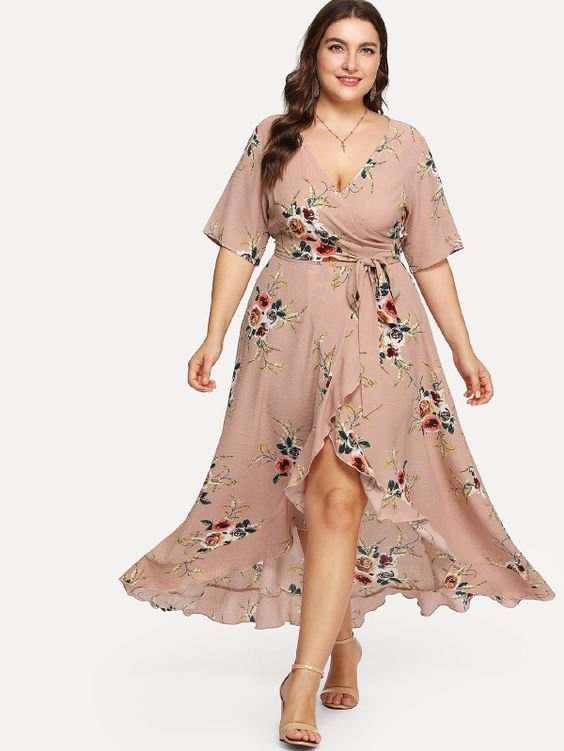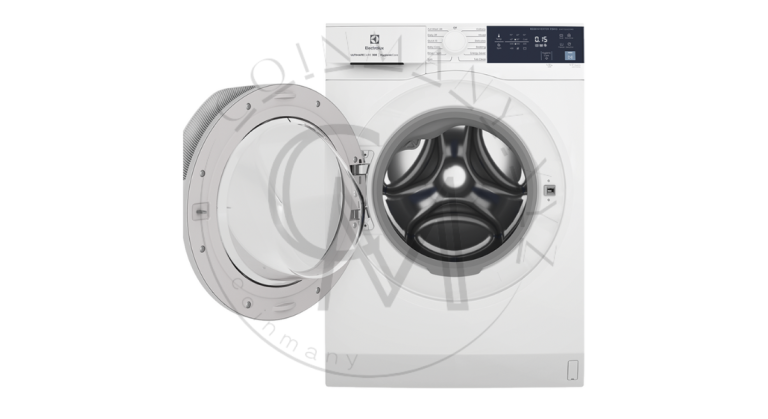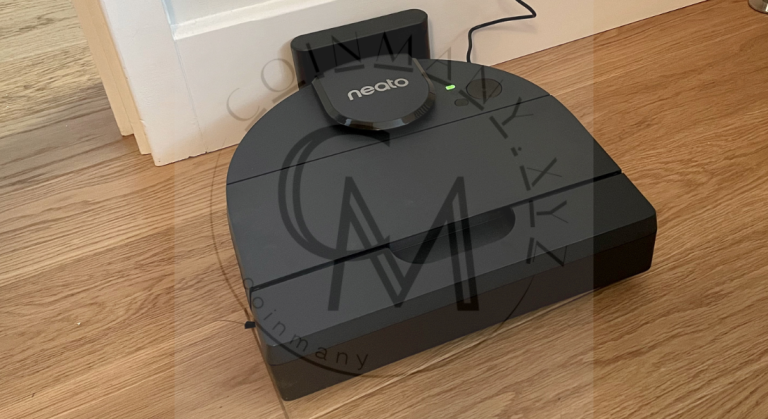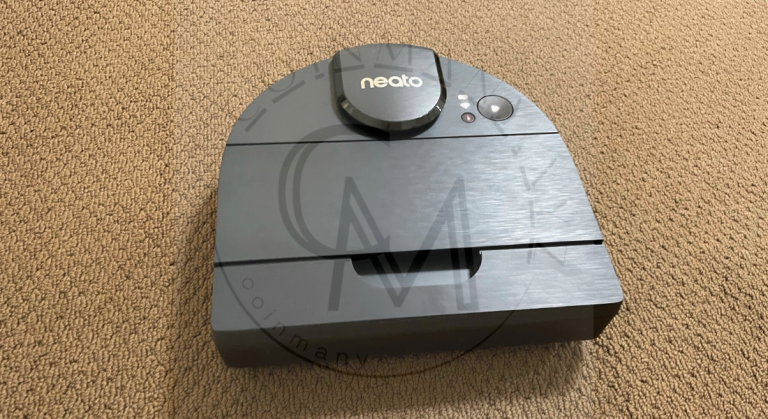
The recent seasons in the fashion industry have witnessed a concerning trend: the dwindling presence of plus-size models on the runways. Despite strides towards diversity and inclusivity, the regression in plus-size model castings raises questions about the industry’s commitment to representing all body types.
Plus-Size Models
In an industry where representation is earned, not given, marginalized groups like plus-size individuals often find themselves overlooked. While progress has been made in addressing issues of racial and gender diversity, the visibility of plus-size models remains limited. The fall 2018 Fashion Spot diversity report revealed a regression in plus-size model castings, with only 0.4% of runway models being plus-size.
This regression is indicative of a deeper problem within the fashion industry. Plus-size individuals, who make up a significant portion of the population, continue to be marginalized and underserved by brands and designers. The lack of representation on high-fashion runways perpetuates narrow beauty standards and excludes those who do not fit the traditional mold.

To understand the root of the problem, we spoke with several plus-size models about their experiences on the runway. Their insights shed light on the systemic barriers and biases that hinder progress towards inclusivity. From limited opportunities for plus-size models to the perception of plus-size representation as a passing trend, the challenges are multifaceted and complex.
Despite these challenges, there is a collective call for change within the industry. Plus-size models emphasize the importance of challenging stereotypes, holding brands accountable, and advocating for greater diversity on the runway. By amplifying their voices and demanding equality, they are driving the conversation forward and pushing for tangible progress.

As consumers, we also play a crucial role in shaping the future of fashion. By supporting brands that prioritize inclusivity and diversity, we send a powerful message to the industry. It’s time for brands to recognize the beauty and diversity of all body types and commit to representing them authentically on the runway.
In the words of model Lauren Karaman, “If the fashion industry doesn’t change to represent and meet the actual needs of consumers, we will continue this detrimental cycle of shaming women into thinking they have to be sample-sized to be beautiful or happy.” The time for change is now, and it begins with us.

In the ever-evolving world of fashion, the conversation around diversity and inclusion on the runways continues to be a hot topic. Models like Ali Tate, Emme, Sabina Karlsson, and Madeleine Ours share their insights and experiences, shedding light on the challenges and opportunities within the industry.
Ali Tate voices her disappointment with the apparent regression in diversity on the runways, particularly in the fall 2018 shows. She suggests that some brands may have hopped on the diversity bandwagon temporarily, only to revert to the status quo afterward. Tate emphasizes the importance of holding brands accountable for their commitment to diversity and believes that permanent change will come when they see the positive impact on their bottom line.
Emme, on the other hand, reflects on her experience walking in Chromat’s inclusive runway show. She expresses pride in representing women over 50 and emphasizes the need to challenge stereotypes and push boundaries. While acknowledging the challenges of maintaining diversity in the industry, Emme stresses the importance of perseverance and constructive feedback from consumers.
Sabina Karlsson highlights the progress made in providing opportunities for curvier models like herself but emphasizes that there is still work to be done. She emphasizes the need for consistency in casting diverse models across campaigns, editorials, and runway shows. Karlsson believes that promoting diversity in fashion will resonate with consumers and foster a more positive and inclusive industry.
Madeleine Ours shares her perspective as a straight, white, plus-size model, acknowledging the confidence boost she has gained from walking in New York Fashion Week. However, she stresses the importance of casting plus-size models of all ethnicities to truly represent the diverse range of women. Ours believes that inclusivity is not only morally imperative but also makes good business sense, as it allows more women to see themselves reflected in fashion.
These models’ voices serve as a reminder that diversity and inclusion are not just buzzwords but essential components of a truly representative and forward-thinking fashion industry. As consumers, we have the power to demand change and support brands that prioritize diversity in their casting and representation. Ultimately, it’s about creating a fashion landscape where everyone feels valued and seen.



